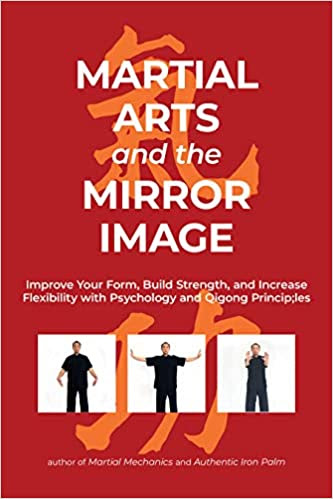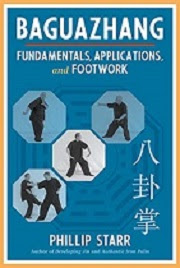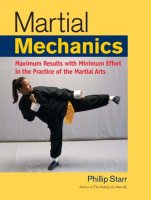by Phillip Starr
The young man knew a typhoon was imminent. The time was perfect. He had managed to drag a large sheet of wood with him onto the roof of his house. The wind was beginning to howl and the rain pelted him. Within seconds, he was soaked. He bent over and took hold of the wood panel. Standing in his best horse-riding stance, he lowered his breath and held the panel up, allowing the wind to catch it. What a perfect opportunity to test his stance and his breath!
The crazy youngster who did this would later gain international acclaim as the Father of Japanese Karate. His name was Gichin Funakoshi.
Numerous other well-known martial arts figures frequently used the outdoors as their natural training hall. Masutatsu Oyama, the legendary founder of Kyokushin karate, lived alone in the mountains for an extended period of time while he trained his body, mind, and spirit. Small trees served as his makiwara. Rocks served as weights for him to lift, and the ice-cold daggers of water from numerous waterfalls helped him learn to control his mind and develop an iron will. Even into his old age, Oyama was very fond of training outdoors and his followers continue this tradition today.
The revered founder of aikido, Morihei Uyeshiba, used to practice swordsmanship by swinging small logs when he lived in a small farming community in the northern province of Hokkaido, which is also quite cold... what is it with these martial arts types and COLD???. I once met a gentleman who had known O-Sensei Uyeshiba and he told me that the old man's forearms were the same thickness all the way down; they didn't narrow at the wrist and he had a grip that could crush bone!
Numerous Okinawan and Japanese karate practitioners would practice on the beaches and in the surf. Believe me, performing a kata in the sand is no easy task and it's even worse when you're being pounded by small incoming waves. I have actually done it and focusing your mind while sitting under a cold waterfall is extremely difficult. I tried that, too! I think it was a week before I could feel my toes again!
There's no need to restrict our practice to the dojo - a nice, clean place that is heated (or cooled, depending upon the season) and well-equipped. We can practice anywhere! The world can provide us with all of the training devices we require. Those of you who have read my first book, The Making Of A Butterfly , will recall the story about my teacher meditating in the snow in his backyard. I respectfully joined him and nearly froze!
However, one of the main points of this article is the fact that these people PRACTICED DAILY. They didn't do it just on the nights they attended class. They didn't wait until they could train inside a proper covered facility (and some didn't have much of a facility in which to train even when they attended class!). They took it upon themselves to find ways to use the world as their training halls and improve themselves with what nature provided. It is this kind of spirit that contributed to their marvelous success in the martial arts.






















No comments:
Post a Comment